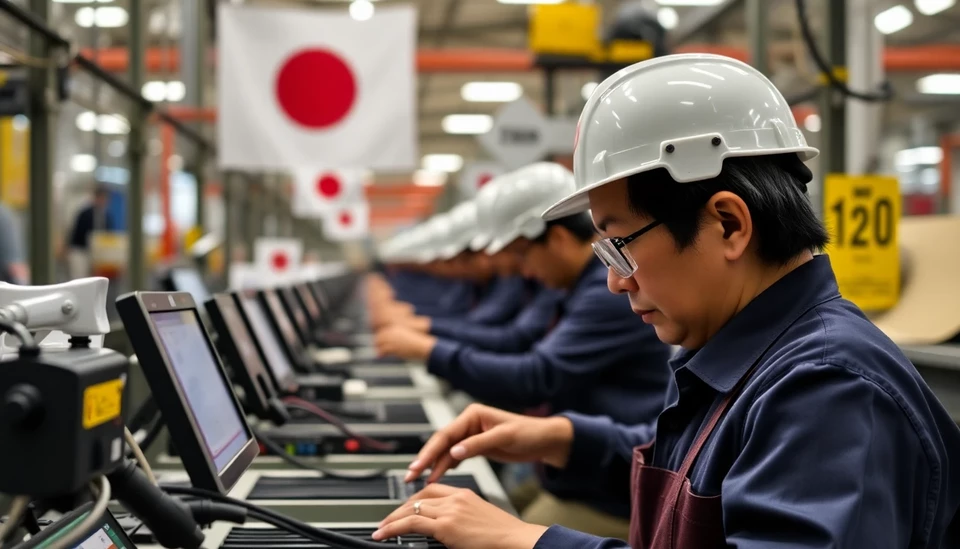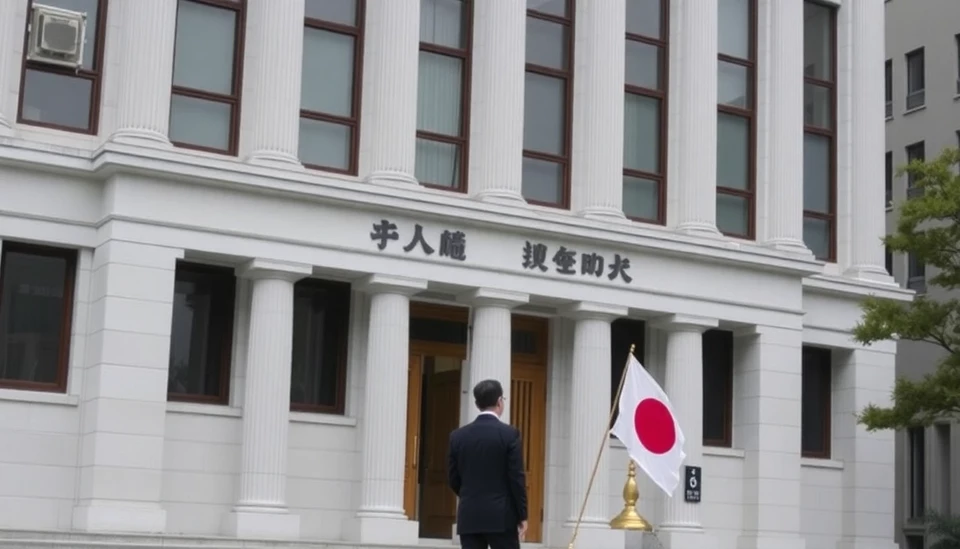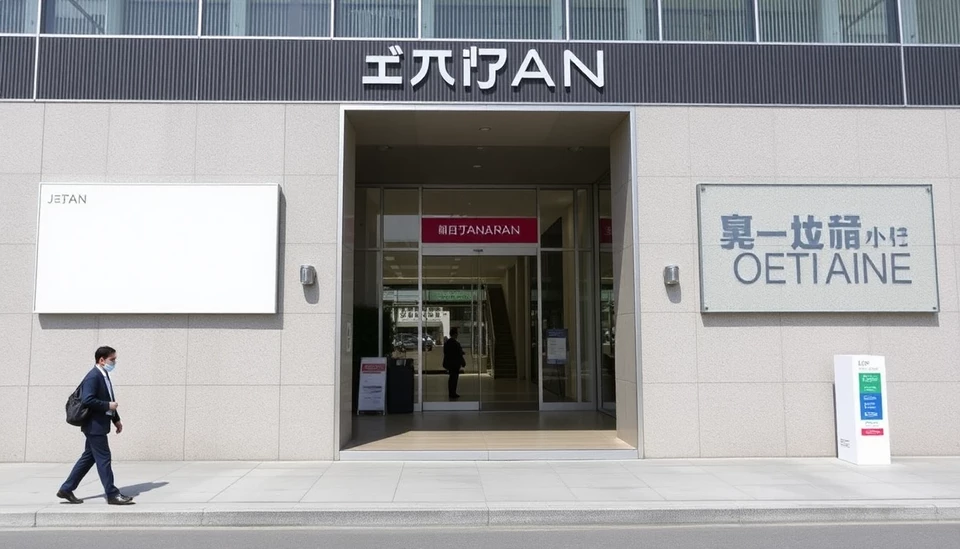
In a compelling turnaround, Japan's industrial production experienced its most significant rise in nearly a year, reflecting a strategic response to impending tariffs imposed by the United States. Recent reports indicate that output increased by 4.6% in February, marking the largest monthly gain since March 2023. This unexpected upturn comes as a preparatory measure for the potential economic ramifications brought about by the upcoming bilateral trade policy changes.
The rise in production output can be attributed to various sectors, but manufacturing remains a driving force in this growth. Companies ramped up operations in anticipation of increased demand, particularly in the electronics and automotive industries. As the U.S. gears up for the implementation of new tariffs on specific goods, Japanese manufacturers are keen to bolster their supply chains and maximize output before any disruptions take place.
Experts suggest that this proactive strategy by Japanese firms not only positions them advantageously against tariffs but also highlights the resilience and adaptability of Japan's manufacturing sector. Many analysts believe that the current growth in production may act as a buffer against potential declines resulting from trade tensions.
Further compounding Japan's industrial output gains, data shows an encouraging trend in export activity. Greater overseas demand for Japanese products has buttressed production figures, signaling that global markets remain vital for driving the economy. Additionally, increased investments in technology and automation have played a crucial role in boosting efficiency and productivity across various manufacturing sectors.
However, industry leaders remain cautious. They express concern that the ongoing developments in U.S.-China trade relations could pose challenges going forward. Furthermore, operational costs resulting from rising raw material prices could impact profit margins despite the current uptick in production. The tight-knit relationship between local production capabilities and international demand remains a focal point for Japanese manufacturers as they grapple with uncertainties in the global trading environment.
As the situation develops, Japanese economic authorities are keeping a close watch on industrial trends and their implications for GDP growth in the subsequent quarters. The recent surge in production may provide a temporary cushion, but long-term sustainability will heavily rely on international trade conditions and how Japan navigates through evolving market dynamics.
In conclusion, Japan's industrial output surge serves as a clear illustration of the delicate balance between domestic production and global trade pressures. How effectively the country manages this growth in the face of tariffs and international market shifts will be critical for the health of its economy moving forward.
#Japan #IndustrialProduction #USTariffs #Manufacturing #Economy #TradeRelations #Exports #Automotive #Electronics #GlobalTrade
Author: Rachel Greene




